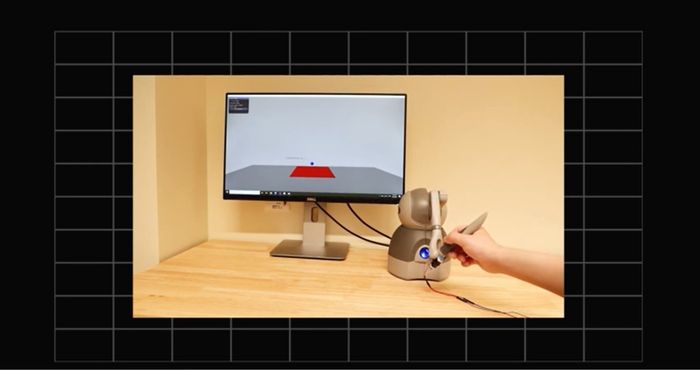While the human arsenal boasts a lot of different components, our ability to get consistently better tops them all by a significant margin. You see, when you are growing in such a continuous manner, you end up hitting upon some notable by-products over time. However, if we take a second and assess these by-products in hindsight, it’s hard to find anything as notable as what we call technology. Technology’s emergence was a clear anomaly from the start mainly because it introduced a dynamic that we had never seen before. Now, while the stated dynamic was largely built on the back of its ingenious skill-set, it also revolved a great deal around the creation’s unprecedented reach. Unlike all the other human ideas, technology was somehow able to impact each and every area on our spectrum, including a highly-critical sector like the healthcare one. In fact, the creation’s foray in here was more important, in particular, as it came at a time when the sphere was literally desperate for some change in the scenery. Nevertheless, even after revolutionizing the way our medical sector used to work, technology would continue scaling it up in one capacity or the other. A recent development from the University of Southern California provides it with a similar upgrade.
The researching at University of Southern California has successfully developed a system, which is capable of constructing highly realistic and personalized virtual surfaces that can be used for informing haptic feedback systems. Assuming the technology proves itself as sustainable, it will benefit a range of medical aspects. To give you an example, a personalized assessment here can really play a big role in creating more advanced prosthetic devices. Apart from it, medical professionals can also use it to conceive extensive training simulations, and consequentially, gain a more accurate picture of all the virtual tissues and related elements. Talk about haptic feedback, the methodology has actually been around for a while now, but having said that, it is still plagued by its own fair share of limitations. At present, we rely on allowing the computer to read a surface and then play it back as a haptic sensation. While this approach is not entirely inefficient, the whole thing can produce some unreliable results. Hence, if we realize individual haptic sensations, it will help us in taking a meaningful step towards solving the said problem.
“You’re measuring parameters of exactly how they feel it, rather than just mimicking what we can record,” said Matthew Fontaine, a researcher involved in the study. “There’s going to be some error in how you recorded that texture, to how you play it back.”
Upon looking through the new system at a granular level, you’ll see how it presents you with three haptic feedback options following the initial assessment. The user is, of course, supposed to pick the one that is closest to their real texture. It’s not done yet, as you’ll then get asked to make a similar choice from two options. By doing so, it narrows the picture down to the most realistic one. Interestingly enough, the users can even alter the amount of friction included in the virtual texture so to place it right alongside the actual one in all imaginable features.



















